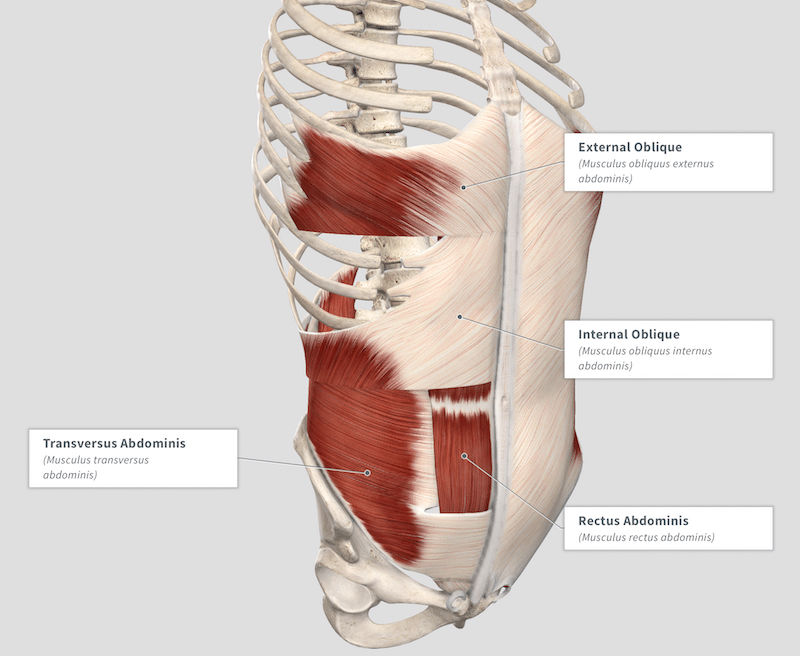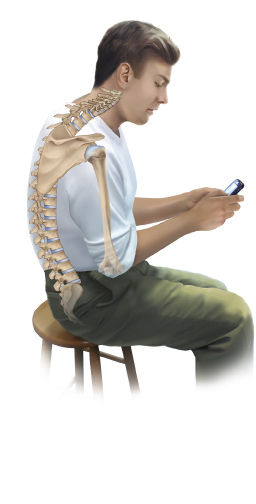TRAIN TO RUN, DON’T RUN TO TRAIN
- Jeffrey Ragosta
- Mar 18
- 3 min read
I love running, I really do. I understand on a personal level that the running community is extremely passionate about what they do, it can be cathartic for lots of people, me included. This article is going to stress the importance of regular strength, mobility, and balance training throughout the week to really take your runs to the next level.
Running is a pretty high impact activity. Lots of compressive forces going through your legs and spine. Not to mention some of the strain your postural muscles in your mid/upper back take to just keep you upright while you’re running. On the other side of the coin, there is high quality evidence out there that shows running recreationally DOES NOT CAUSE HIP AND OR KNEE OSTEOARTHRITIS (OA) (1) . For those of you not familiar with the term, OA simply means a narrowing of the joint space which in turn causes pain, and a lot of times a total joint replacement down the road.
There’s also pretty recent evidence that shows no structural changes to the knee cartilage and supporting structures immediately after a run (2) . Better yet a 2017 systematic review (which is a very high quality level research study), suggests that a more sedentary lifestyle can be a big risk factor in developing OA (1) .
Now that I have your attention, I want to emphasize that running should NOT BE YOUR ONLY FORM OF TRAINING. High exposures and or high volume/intensity running over many years can be associated with an increased risk of OA (1) .
This picture highlights the above statements nicely

Picture source: https://www.jospt.org/doi/pdf/10.2519/jospt.2017.0505#:~:text=However%2C%20high%2Dvolume%20and%20high,(92%20km)%20per%20week.
So where do we stand? Should we run a ton, not run at all, or run moderately? My personal opinion is that we should be somewhere in the moderate range! Just take a look at David Goggins. Absolutely amazing determination and grit, highly recommend his books by the way. He is famous for performing some seemingly impossible running feats spanning a time frame of many years. He has had multiple knee surgeries, was told by doctors he wouldn’t walk again, and yet continued to run ultramarathons. For most of the population, that’s not really realistic. Not to mention all the time, money, and rehab I’m sure he’s undergone from those surgeries. Not to knock Goggins at all, he’s unbelievable and has changed the lives of many but those surgeries could have potentially been avoided with earlier/more frequent strength/mobility training.
Running form is also super important. If you are running multiple miles per week, on multiple days, with poor posture/form, you are susceptible to a slew of injuries and pain. Your body not only needs the cardiovascular strength and endurance to perform the run, your muscles need the flexibility/length, strength, endurance, and stability to sustain you!
You don’t have to reinvent the wheel either with your strengthening program on days you don’t run. A 2024 systematic review looked at the effects of 1-4 strength training/plyometric sessions per week on running economy (speed). Results showed, with proper dosing and proper exercises, the strength training group significant improvements in speed when compared to non strength training groups. These benefits were seen mainly in middle-long distance runners (3) .
Here are 3 strength/mobility exercises for runners that I love. They can be performed before a run to prep and prime the muscles that are about to be used, or incorporated into non-running days.
Anterior tibialis raises
Total of 20-25 repetitions

Modified side plank

5 repetitions each side, try for at least 10 second hold for each repetition
picture source: https://enhancetherapy.com/trial/side-plank-on-knees-with-resisted-hip-abduction-frame/
Runner’s touches

10 repetitions on each leg
Keep training to keep running!
References
Alentorn-Geli, Eduard, et al. “The Association of Recreational and Competitive Running With Hip and Knee Osteoarthritis: A Systematic Review and Meta-Analysis.” The Journal of Orthopaedic and Sports Physical Therapy, vol. 47, no. 6, June 2017, pp. 373–90. PubMed, https://doi.org/10.2519/jospt.2017.7137.
Coburn, S. L., et al. “Is Running Good or Bad for Your Knees? A Systematic Review and Meta-Analysis of Cartilage Morphology and Composition Changes in the Tibiofemoral and Patellofemoral Joints.” Osteoarthritis and Cartilage, vol. 31, no. 2, Feb. 2023, pp. 144–57. DOI.org (Crossref), https://doi.org/10.1016/j.joca.2022.09.013.
Llanos-Lagos, Cristian, et al. “Effect of Strength Training Programs in Middle- and Long-Distance Runners’ Economy at Different Running Speeds: A Systematic Review with Meta-Analysis.” Sports Medicine (Auckland, N.z.), vol. 54, no. 4, 2024, pp. 895–932. PubMed Central, https://doi.org/10.1007/s40279-023-01978-y.




Comments